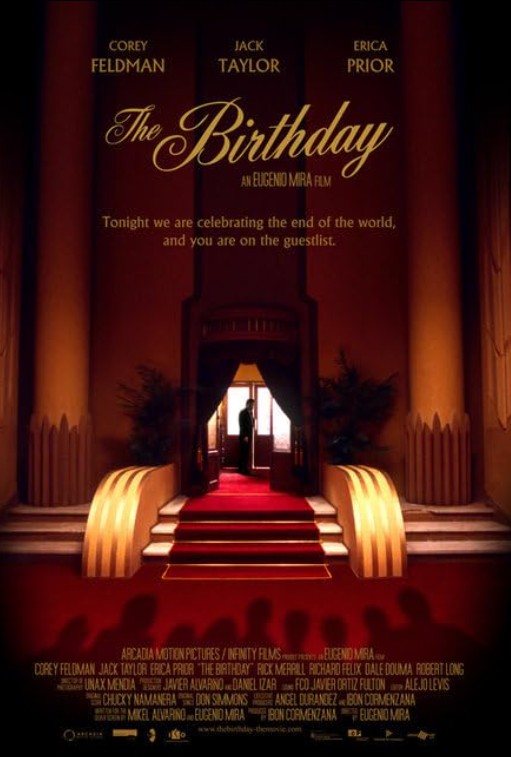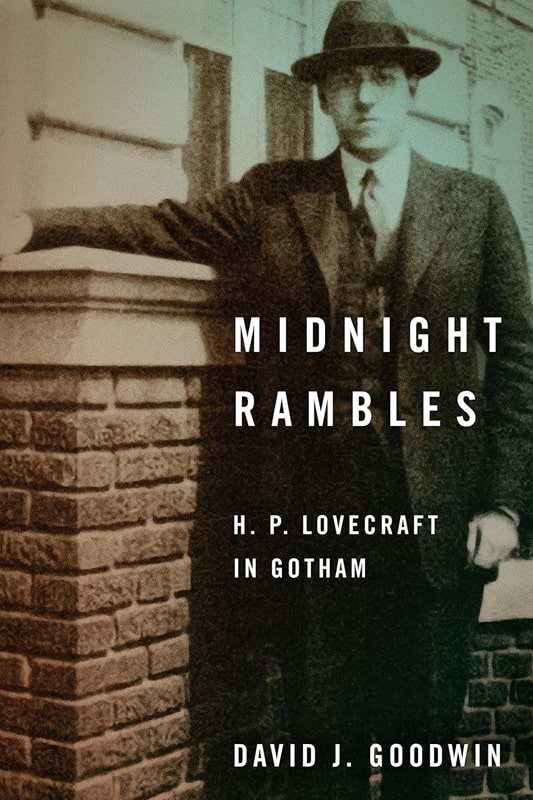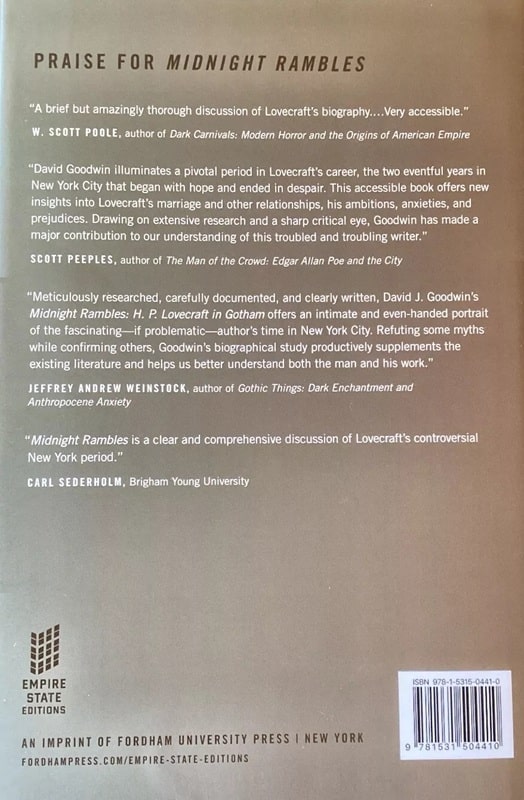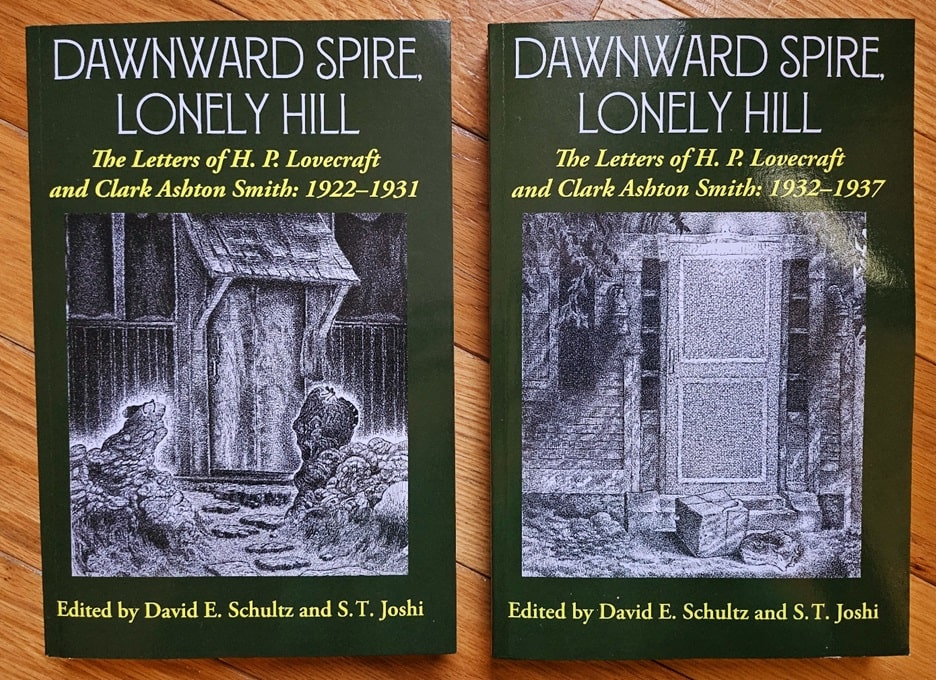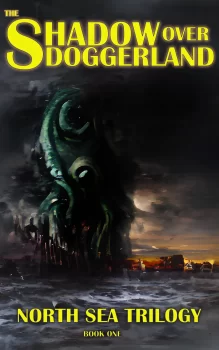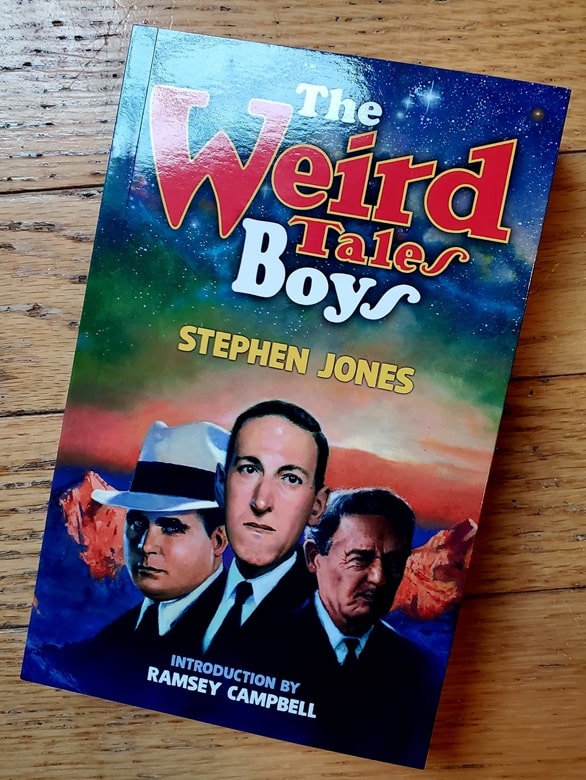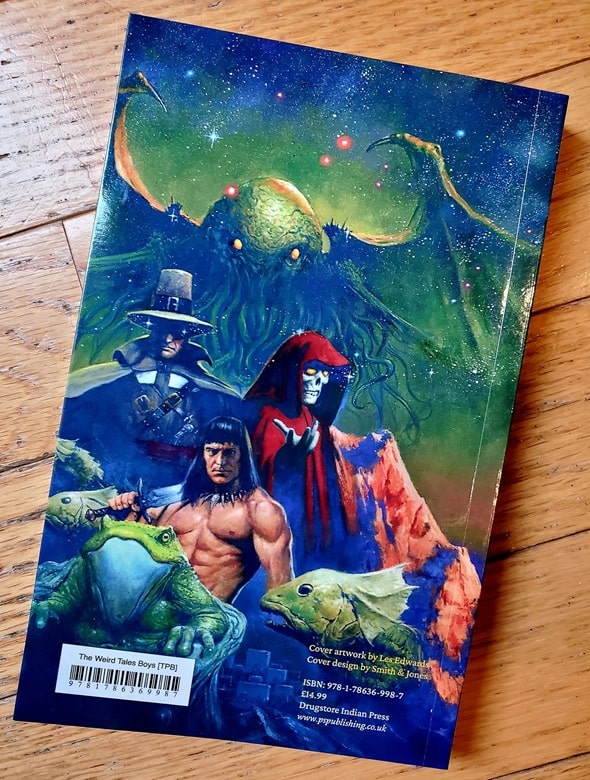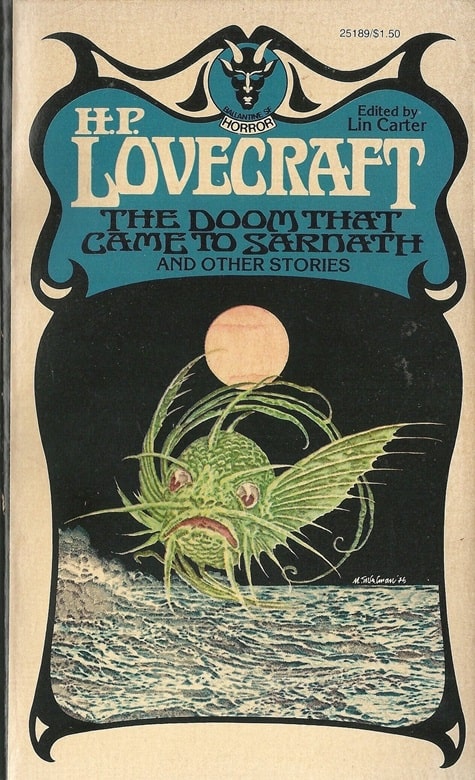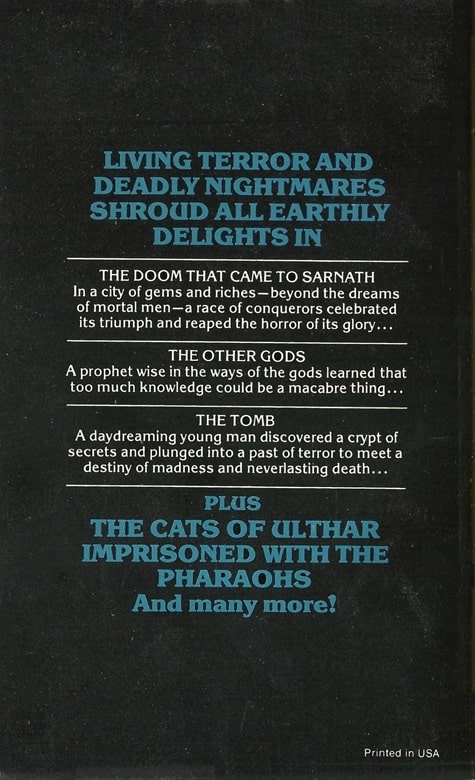The Doom That Came to Sarnath (Ballantine Books, November 1976). Cover by Murray Tinkelman
H.P. Lovecraft, creator of the Cthulhu Mythos, was one of the greatest horror writers of the 20th Century. But horror wasn’t all he produced, as editor Lin Carter adroitly pointed out in the introduction to The Doom That Came to Sarnath.
Those readers who know only the Cthulhu Mythos stories, know only a single side of Lovecraft… the Cthulhu Mythos, while completely his own invention, was constructed along the guidelines established by earlier writers whom he greatly admired… But far beyond his borrowing of basic techniques from Machen and Chambers, Lovecraft is more deeply indebted to the great Anglo-Irish fantasist, Lord Dunsany… not content to make up his own geography, Dunsany invented the religion to which his imaginary worlds paid worship. An extremely clever, even brilliant, idea, and one which has been used by many writers after him. Lovecraft used this theme as the basis for his own Cthulhu Mythos.
As a young reader, Lovecraft was enthralled by Dunsany’s superb fiction. Many of his earliest tales… are Dunsanian in texture and color… Last year I edited a volume of the most Dunsanian of these tales, The Dream-Quest of Unknown Kadath… I would have liked to have included all the fiction from Lovecraft’s “Dunsanian period” in that single book, but the size of the volume would have been impractical. Hence, this second collection.
The Doom That Came to Sarnath contains 14 stories and poems from early in Lovecraft’s career (1919-1925), plus half a dozen later tales, including his famous collaboration with Harry Houdini, “Imprisoned With the Pharaohs.” Although many of the tales — including the title story — are deliciously macabre, there’s very little horror here. It is, as Lin Carter promised, a surprise and delight for those who know Lovecraft only as a horror writer.
…
Read More Read More
